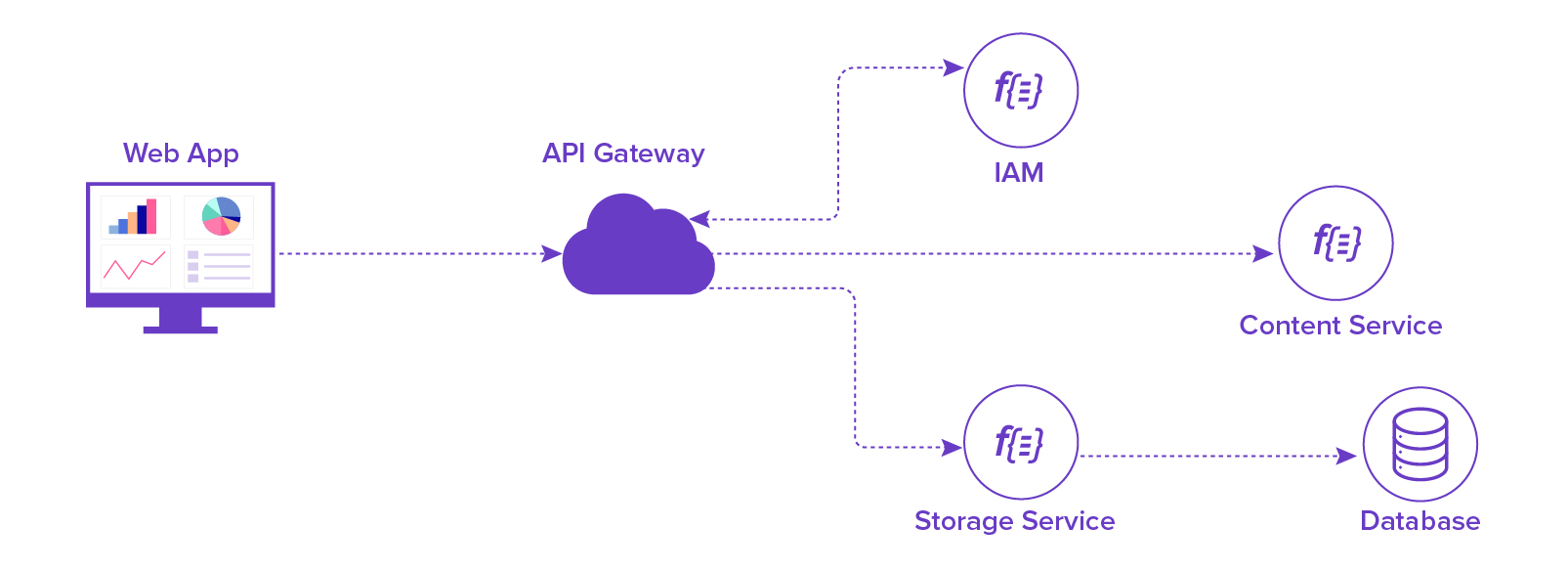Serverless computing: The what, why, and why not

Applications have traditionally been run on servers, which have to be closely monitored to ensure there are no hindrances in production. In the case of serverless computing, you no longer have to manage servers, as the onus falls on cloud service providers. Read along to discover more about serverless computing, including some of its advantages and disadvantages.
So what actually is serverless computing?
Serverless computing [commonly shortened to serverless and also known as Function as a Service (FaaS)] is a model where the cloud provider dynamically manages the allocation and provisioning of servers. In this setup, applications run on containers that are triggered based on the occurrence of a specific event.
The serverless model emphasizes applications instead of infrastructure. In serverless architecture, the user has the advantage of writing and deploying code without worrying about the underlying infrastructure. In this delivery model, applications are broken up into functions and can be invoked and scaled individually.

Serverless is FaaS, so is it different from PaaS?
Platform as a Service (PaaS) is synonymous with serverless in many aspects, especially in terms of eliminating the need for managing server hardware or software. The primary difference is in the method of applications being composed and deployed. In PaaS, applications are deployed in a single unit and scaled at an entire application level. Whereas in FaaS, applications are composed of individual autonomous functions, and each function is hosted by a cloud service provider. A function can be scaled depending on how many calls are made to it.
Some benefits of the serverless model
Cost-efficient: Serverless computing is cost-effective, as it follows the pay-as-you-go model. You only pay for the instances when your function is invoked.
Simplified scalability: Developers working on serverless architecture do not need to worry about adhering to set policies when modifying their code to scale up resources, as the service provider handles scaling.
Process agility: The time to market is drastically reduced when using the serverless model, as the rollout is split into smaller deployable units, and this enables developers to make quick changes.
Reduced operational costs: As there are no physical servers and the scaling, patching, or maintenance of backend infrastructure is handled by the cloud provider, serverless helps organizations reduce their operational spending.
The concept of serverless computing is exciting, but this model has some limitations and doesn’t fit every organization. The primary consideration for businesses when selecting a particular delivery model should be business requirements and not just whatever technology is trending.
Complexities that come along with the model
Denial of service errors: A few cloud service providers have a limit regarding the number of times a function can be executed. If the execution count exceeds the set limit, it will result in an error.
Not always pocket-friendly: If a particular application does not perform optimally, it will result in performance issues, thereby increasing the resource usage and resulting in higher costs.
Vendor lock-in: When you switch functions from one cloud service provider to another, it becomes increasingly complex to manage and monitor them.
End-to-end monitoring of serverless architecture
With Site24x7, you can monitor the health and performance of all your cloud computing resources and get deep visibility into the performance of your serverless FaaS platform, like Azure Functions, AWS Lambda, and Google Cloud Functions. You can set up automatic discovery and add functions to your monitoring portfolio with a single click, configure alerts to stay on top of performance issues, and get real-time visibility on serverless use and performance. Pay for what you monitor, and automatically scale your monitors up or down in sync with the requirement of your functions. Sign up for a 30-day free trial and start monitoring your enterprise's IT infrastructure from a single console.
If you're a small business and struggling to cope during the COVID-19 pandemic, we have put together some relief initiatives to help you navigate this crisis.